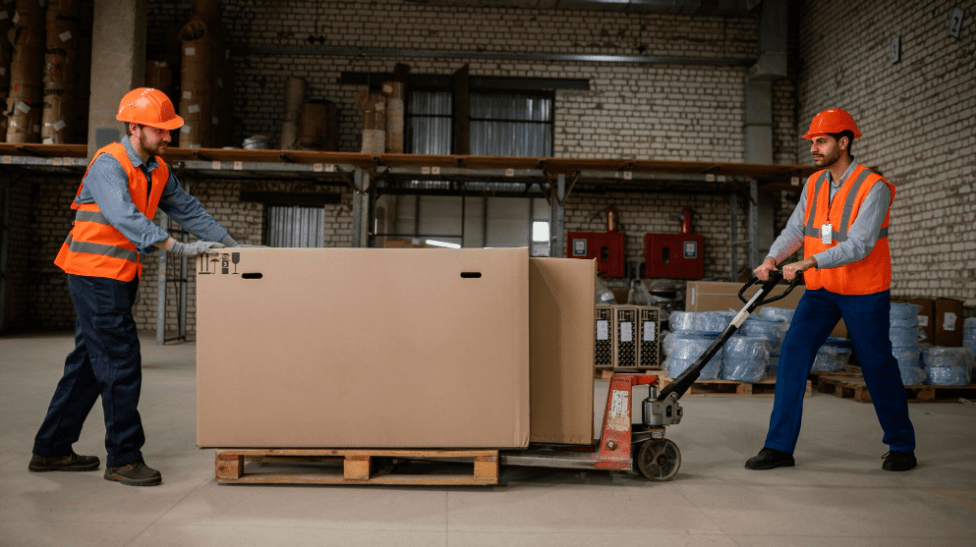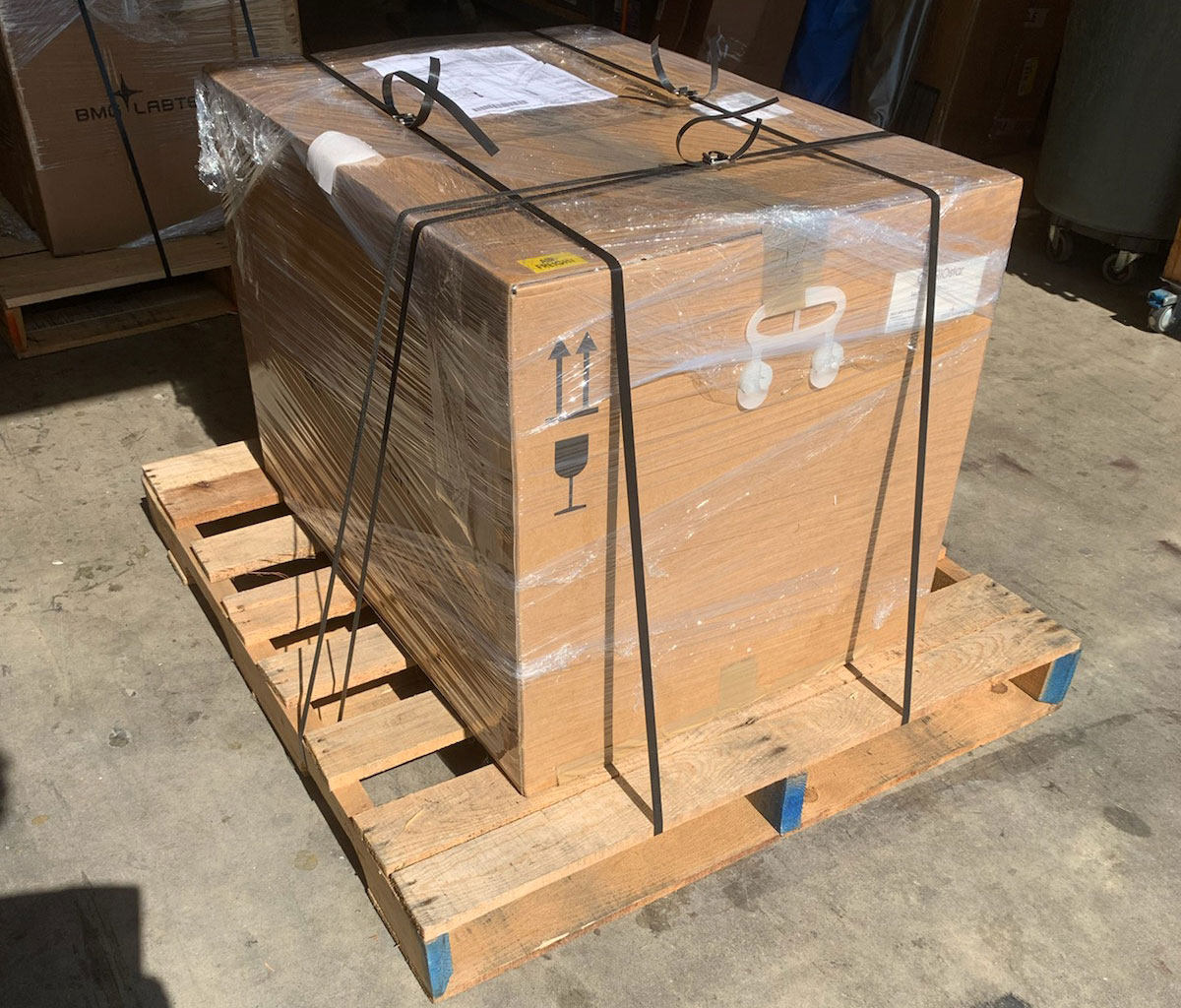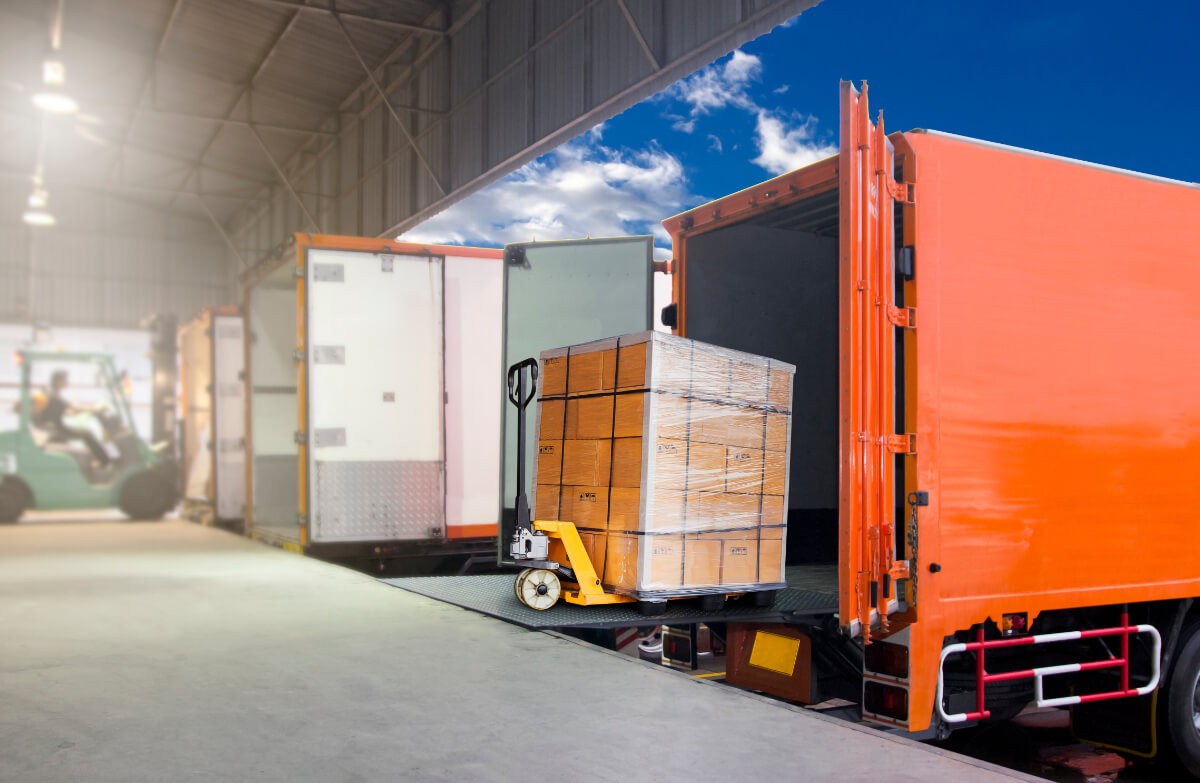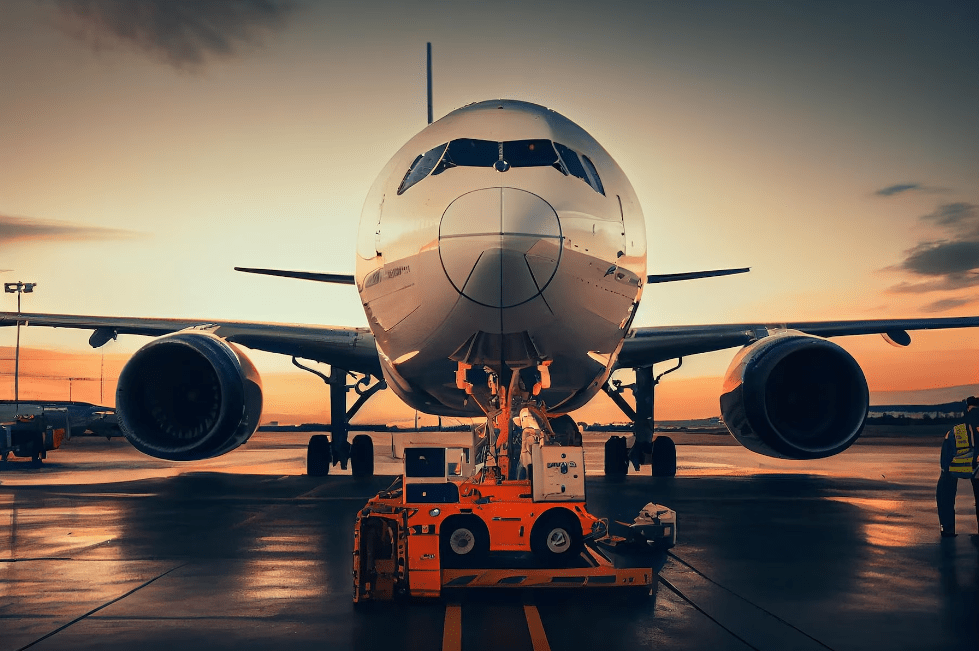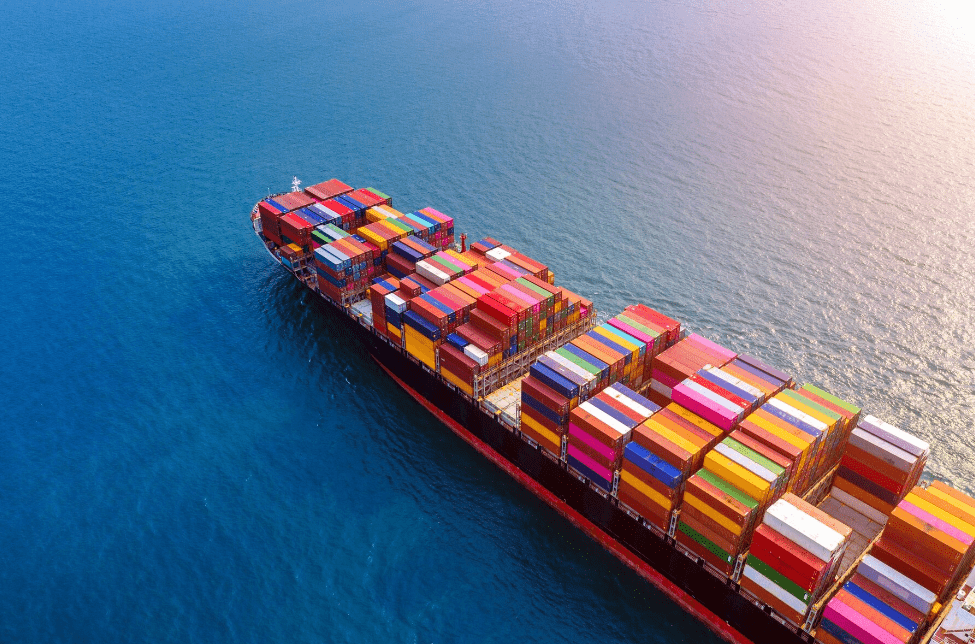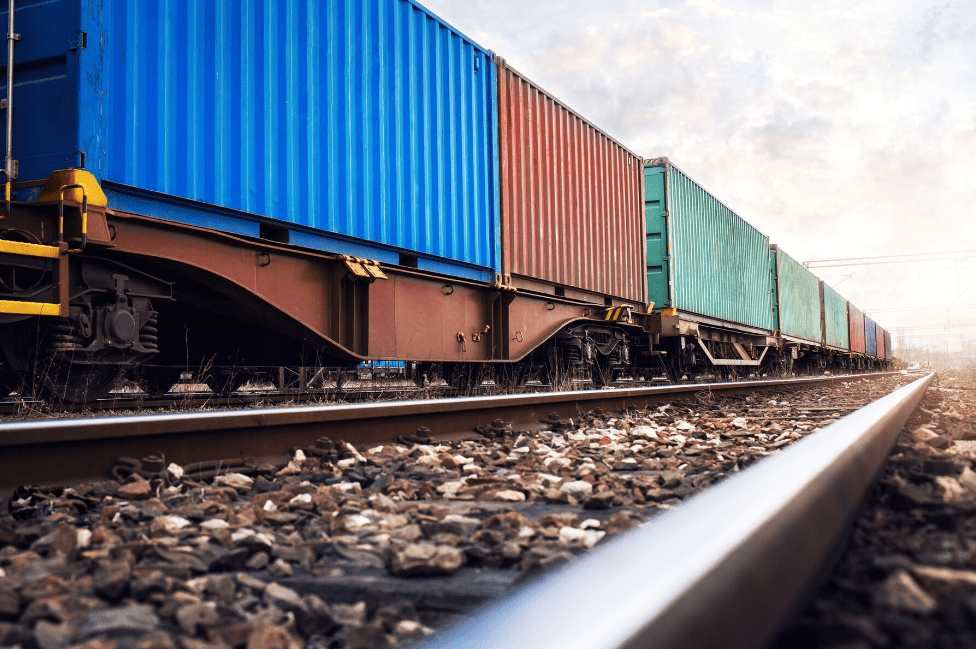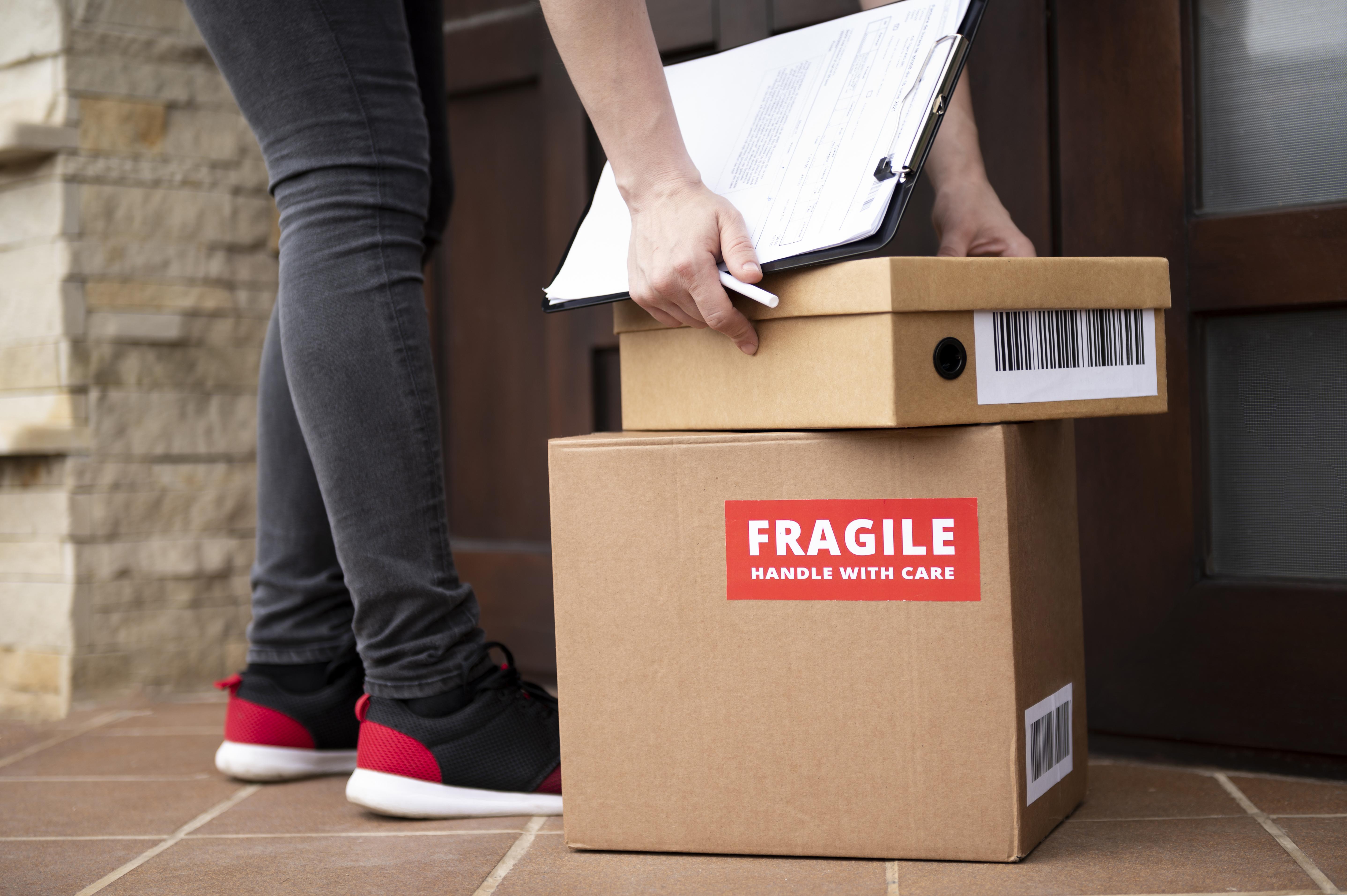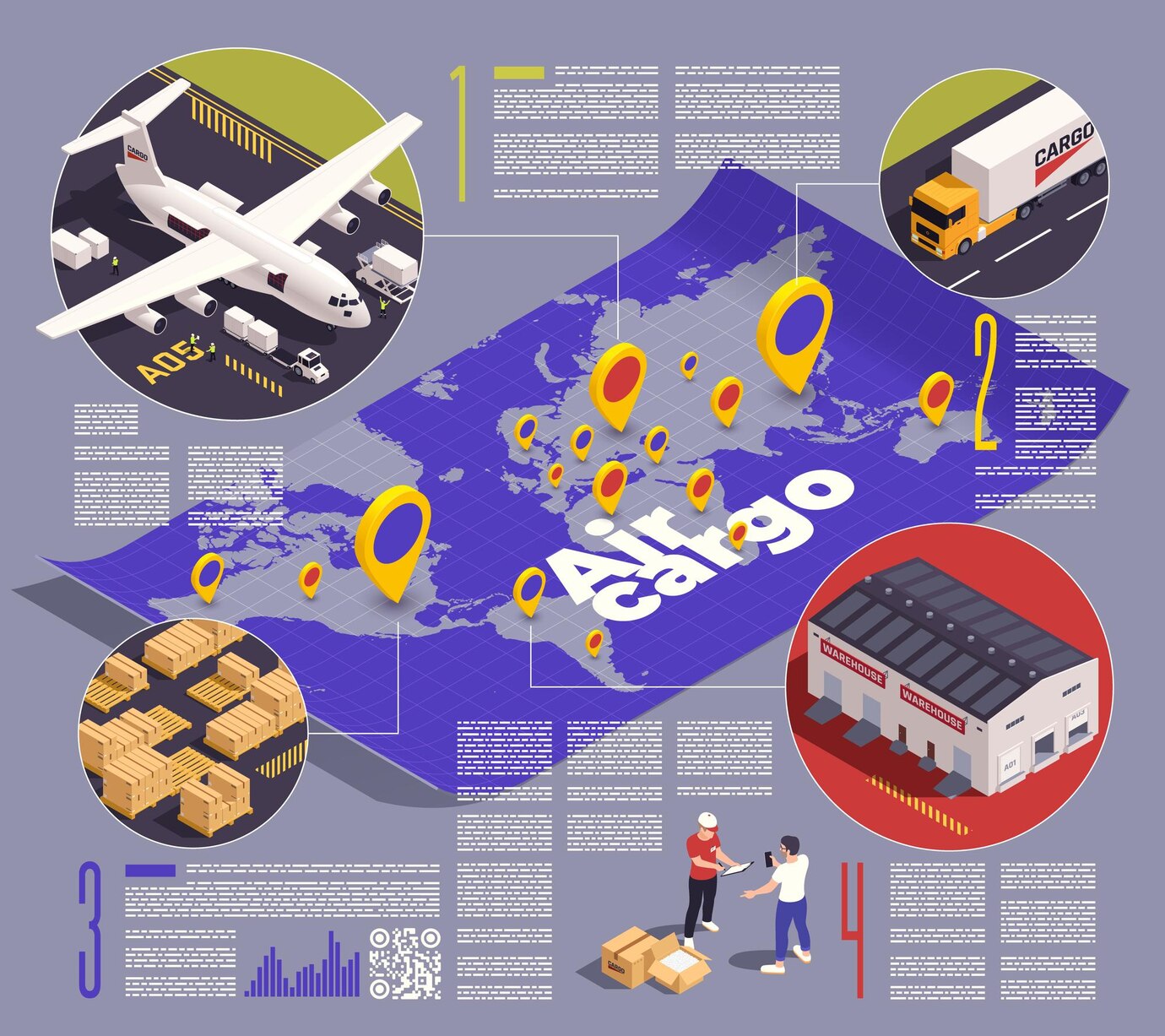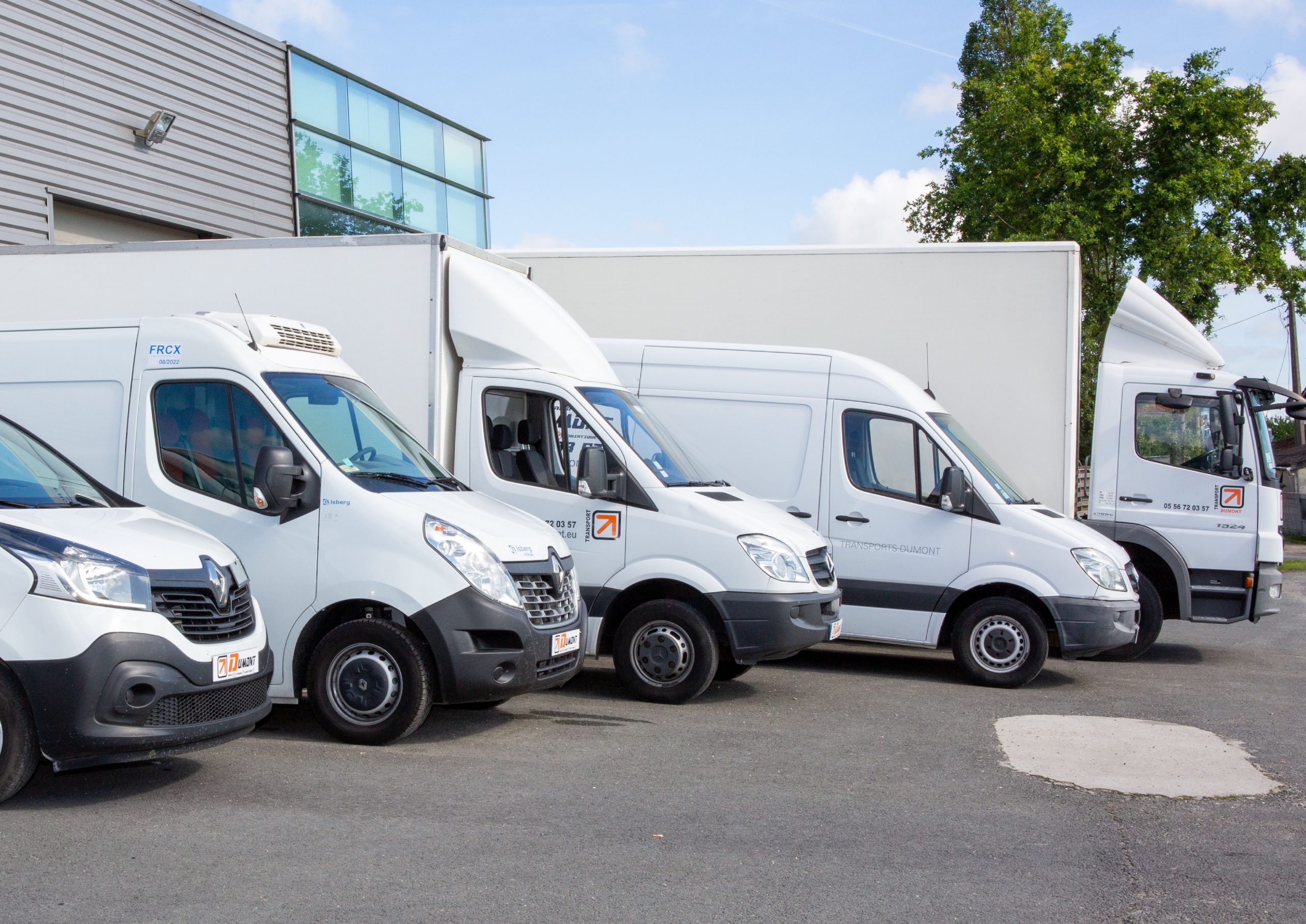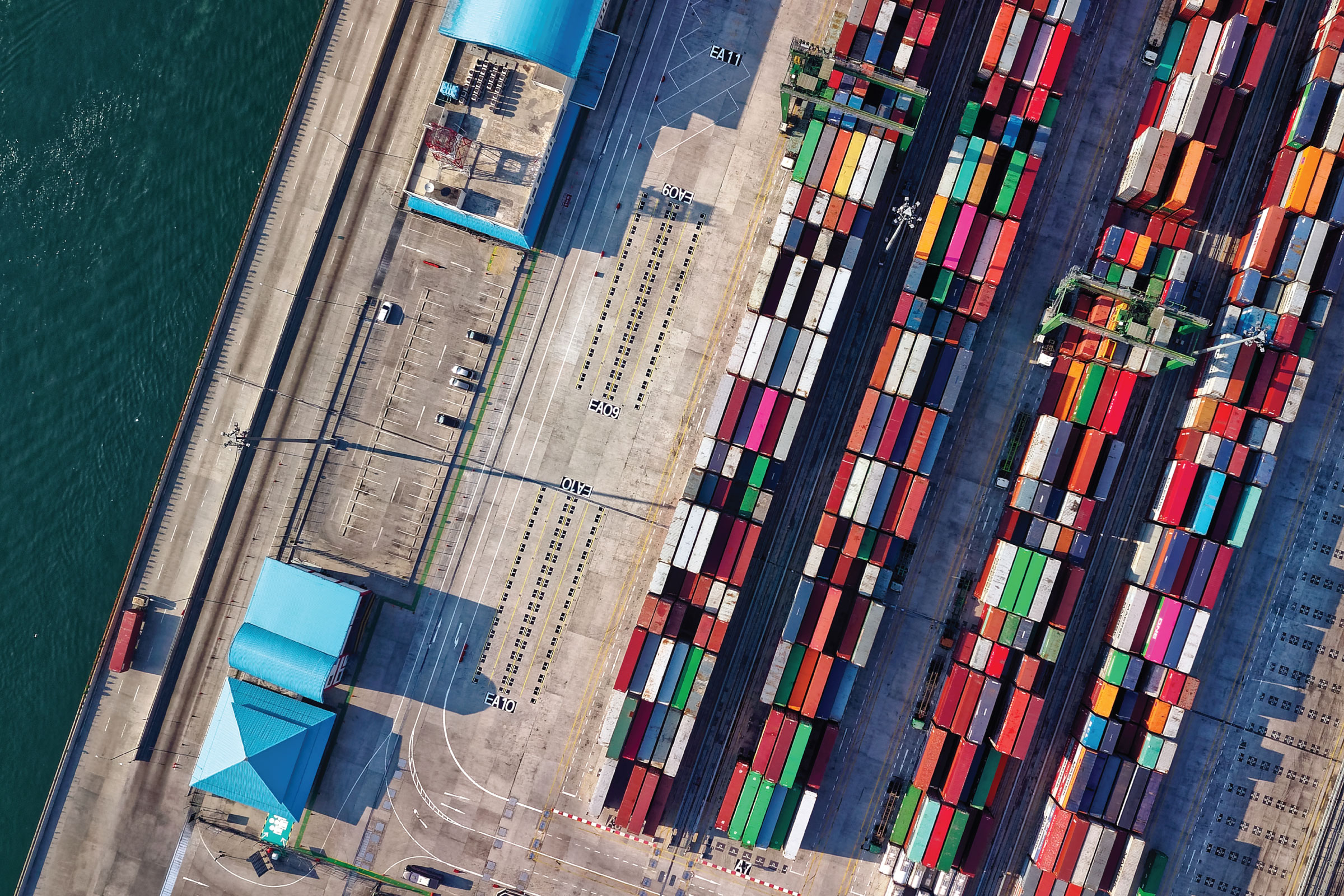Introduction
Welcome aboard, fellow freight enthusiasts! If you’re new to the shipping game, you’ve probably noticed the seismic shift brought about by the rise of e-commerce. Today, we’re diving into the impact of e-commerce on shipping, breaking down the changes, challenges, and opportunities that come with this digital revolution.
The E-commerce Tsunami

Picture this: a world where shopping is just a few clicks away. That’s the magic of e-commerce, and it’s turning the shipping industry on its head.
Evolution of E-commerce
From Brick-and-Mortar to Click-and-Order
Let’s rewind a bit. Remember the days when shopping meant strolling through crowded malls? E-commerce changed the game, making it possible to shop from the comfort of your couch. It’s not just a trend; it’s a lifestyle.
Numbers Don’t Lie
The rise of e-commerce isn’t just anecdotal; it’s backed by numbers. We’re talking about double-digit growth in online sales year after year. More people are choosing the convenience of online shopping, and that means big changes for us in the shipping biz.
Changing Dynamics in Shipping
Beyond Pallets and Warehouses
E-commerce isn’t just changing where people shop; it’s altering how we move goods. Traditional shipping models are facing a shake-up as parcel shipments become the new norm.
The Parcel Predicament
Parcel shipments are skyrocketing, and that’s a game-changer. It’s not about shipping bulk anymore; it’s about handling countless individual packages. Imagine dealing with a hundred small packages versus a few large ones – it’s a logistical puzzle.
The Last-Mile Hustle
Last-mile delivery – the final leg of the journey from the distribution center to the customer’s doorstep. It sounds simple, but ask any logistics pro, and they’ll tell you it’s a complex ballet of routes, timing, and sometimes, a bit of creative problem-solving. At Fairgrounds Transportation we have perfected last mile delivery ensuring smooth and on time deliveries.
Key Players and Partnerships

Partners in E-commerce
E-commerce giants are calling the shots, and shipping companies are stepping up to the plate. The landscape is dotted with partnerships and collaborations that shape the way goods move from seller to buyer.
Amazon’s Dominance
Amazon, the behemoth of e-commerce, has set the tone. Its influence on shipping demands is undeniable. From Prime deliveries to innovations like Amazon Locker, they’ve redefined what customers expect.
Collaborations for Success
Shipping companies aren’t just delivering packages; they’re forging alliances. Partnerships with e-commerce platforms streamline operations, ensuring packages move seamlessly through the supply chain. At Fairgrounds, we firmly believe that our mission goes beyond merely delivering packages. It’s about fostering trust and confidence in our partnerships.
Technological Innovations

Tech Magic Behind the Scenes
Technology isn’t just changing what we ship; it’s transforming how we ship. The adoption of smart tech is making logistics smarter, faster, and more efficient.
Automation’s Ballet
This technological revolution doesn’t just stop at stealing the spotlight; it’s fundamentally reshaping the landscape of the shipping industry. The integration of automated sorting systems and robotic warehouses isn’t just about efficiency – it’s a leap forward in creating a seamless, error-free, and lightning-fast shipping experience for everyone involved.
Data Analytics: Our Secret Weapon
Data is the new gold in logistics. Analytics help Fairgrounds Transportation predict trends, optimize routes, and identify areas for improvement. It’s like having a crystal ball that guides us through the complex world of shipping.
Logistics Challenges and Solutions
Tackling the Parcel Puzzle
With great changes come great challenges. Parcel shipments bring a host of logistical puzzles, and it’s up to us to solve them.
Coping with Volume Surges
The e-commerce surge can mean a sudden spike in order volumes. It’s a good problem to have, but managing it efficiently requires strategic planning and adaptable systems. Flexibility is key. Our well-prepared team and scalable technology can help you navigate volume spikes without breaking a sweat.
The Last-Mile Conundrum
Last-mile delivery isn’t always a straightforward route. It involves navigating through crowded streets, ensuring timely deliveries, and even dealing with unexpected challenges. Fairgrounds Transportation strategically incorporates AI in our last-mile deliveries, optimizing routes, enhancing real-time tracking, and ensuring efficient and timely service.
Sustainability in E-commerce Shipping

Greening the Supply Chain
The e-commerce boom brings not only logistical changes but also environmental considerations. Sustainability is no longer a buzzword; it’s a necessity.
Environmental Footprint
E-commerce shipping contributes to carbon emissions, but the industry is making strides towards reducing its environmental impact. From electric delivery vehicles to eco-friendly packaging, we’re witnessing a shift towards greener practices.
Sustainable Initiatives
Companies like Fairgrounds are embracing sustainable initiatives, from recycling packaging materials to optimizing delivery routes for fuel efficiency. It’s not just good for the planet; it’s also becoming a customer expectation.
Navigating Regulations
The Rulebook in E-commerce Shipping
With great power (and packages) comes great responsibility. E-commerce shipping isn’t a lawless frontier; it’s governed by regulations that ensure fair practices and consumer protection.
Unraveling Regulations
Understanding the regulations that govern e-commerce shipping is crucial. From import/export rules to consumer protection laws, compliance is non-negotiable.
Insider Tip: Keep a legal eagle on your team. Having someone well-versed in shipping regulations can save you from potential legal headaches.
Compliance is Key
Compliance isn’t just about following the rules; it’s about building trust. Fairgrounds Transportation believes being transparent about shipping costs, delivery times, and return policies builds a solid foundation of trust with your customers.
Advice for Newbies in the Industry
Embrace the Digital Shift
E-commerce is here to stay. Embrace technology, stay updated on industry trends, and be open to adopting new tools that make your job easier.
Learn the Dance of Last-Mile Delivery
Last-mile delivery is where customer satisfaction is won or lost. Understand the challenges, get creative with solutions, and remember – the last mile is your chance to shine.
Stay Informed, Stay Agile
The only constant in logistics is change. Stay informed about industry developments, be agile in adapting to new challenges, and never stop learning.
Conclusion
Sailing into the E-commerce Sunset
As we wrap up our journey through the impact of e-commerce on shipping, remember – this isn’t just a change; it’s a transformation. E-commerce is reshaping the way we do business, and being part of this evolution is both challenging and immensely rewarding. Strap in, stay agile, and enjoy the ride. The e-commerce wave is here to stay, and the future of shipping is an adventure waiting to unfold. Happy shipping!






